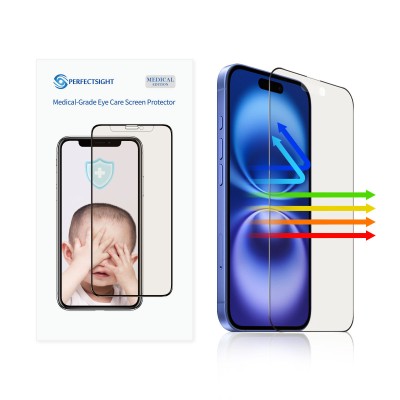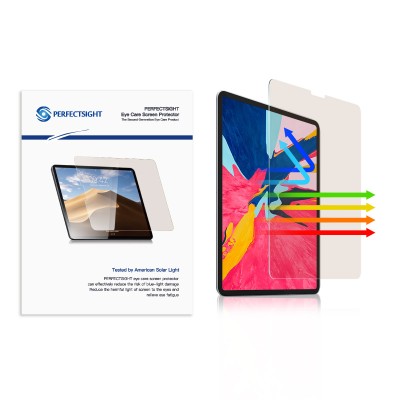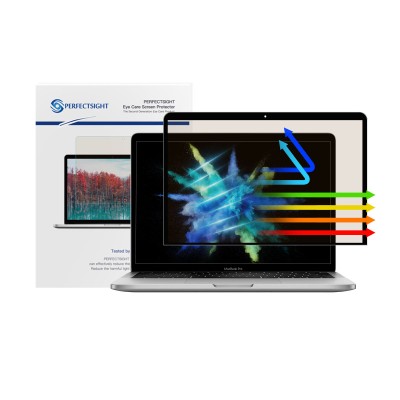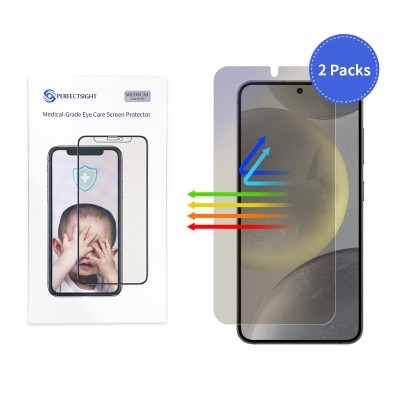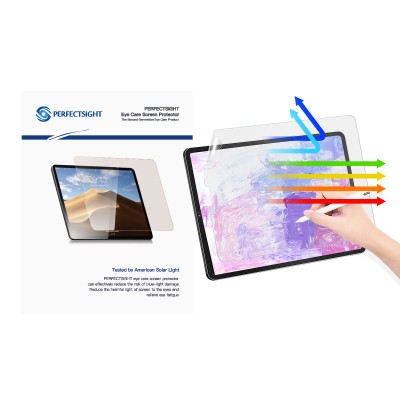What's Blue Light, and How Does It Affect Our Eyes?
In our increasingly digital world, screens are ubiquitous. From smartphones and tablets to computers and TVs, we're constantly exposed to artificial light sources. Among these, blue light has become a topic of considerable discussion and concern. But what exactly is blue light? Is it really as harmful as some claim?
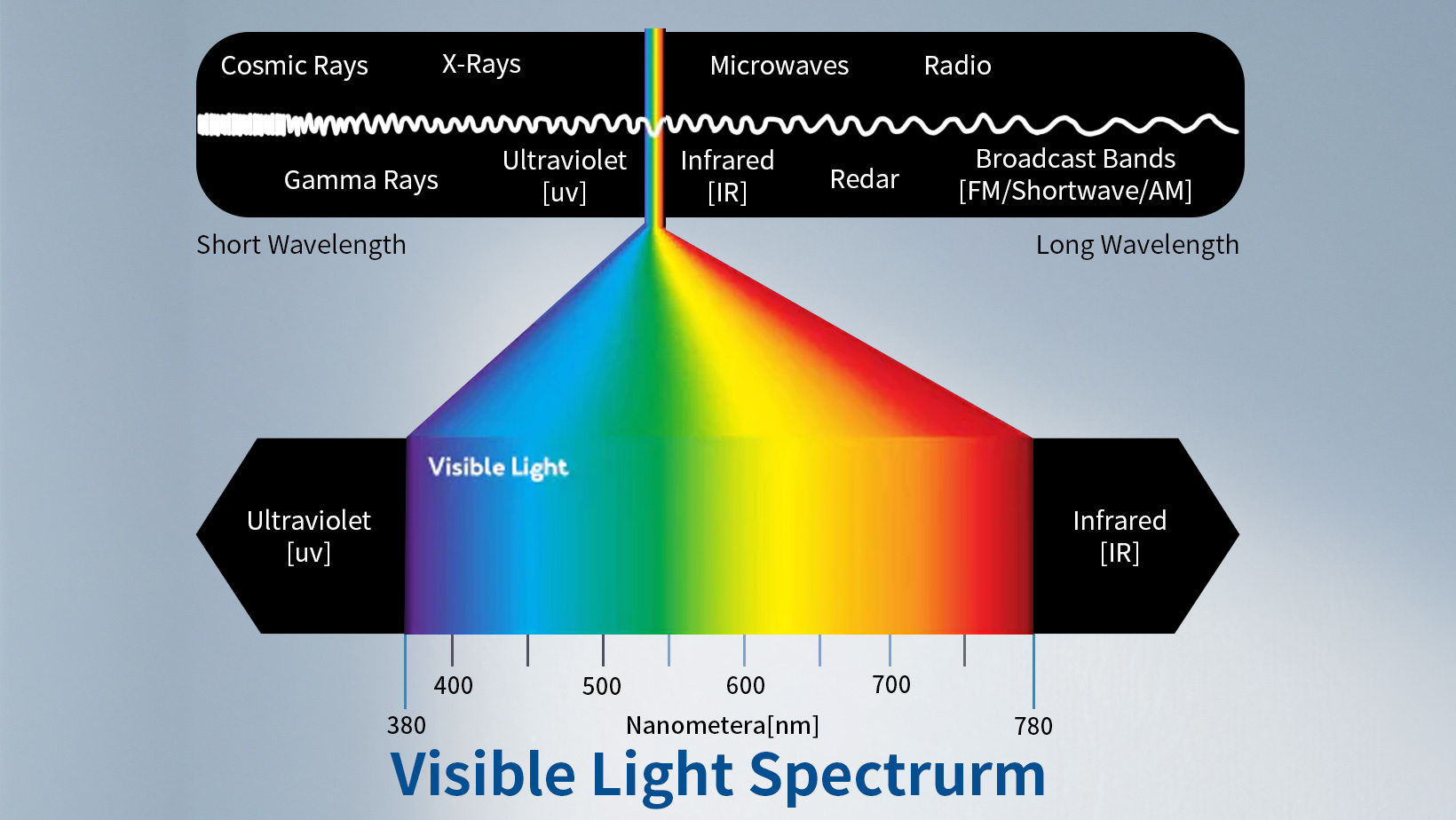
What is Blue Light?
Blue light is a color in the visible light spectrum, characterized by its short wavelength and high energy. Sunlight is the primary source of blue light, but it's also emitted by digital screens (LED and fluorescent lighting). The visible light spectrum ranges from red (long wavelengths) to violet (short wavelengths), with blue light sitting at the energetic end.
Think of it this way: When sunlight passes through the atmosphere, the shorter, smaller blue wavelengths are scattered by air molecules. This scattering is why the sky appears blue. The same principle applies to artificial light sources, albeit to a lesser degree.
Is Blue Light Harmful to Your Eyes?
The question of whether blue light is harmful to your eyes is complex. Blue light can contribute to digital eye strain, characterized by symptoms like:
Eye Fatigue: Feeling tired or strained after prolonged screen use.
Dry Eyes: Reduced blinking rate due to intense focus on screens.
Blurred Vision: Difficulty focusing due to eye muscle fatigue.
Headaches: Often linked to eye strain and poor posture.
However, it's important to note that these symptoms are often caused by prolonged screen use and improper viewing habits (e.g., sitting too close, not blinking enough) rather than solely by blue light itself.
While high-energy blue light can theoretically damage the retina, the amount emitted by typical digital devices is generally considered far below the threshold for causing actual retinal damage. Studies on this are ongoing. The more significant concern regarding blue light is its potential impact on sleep.
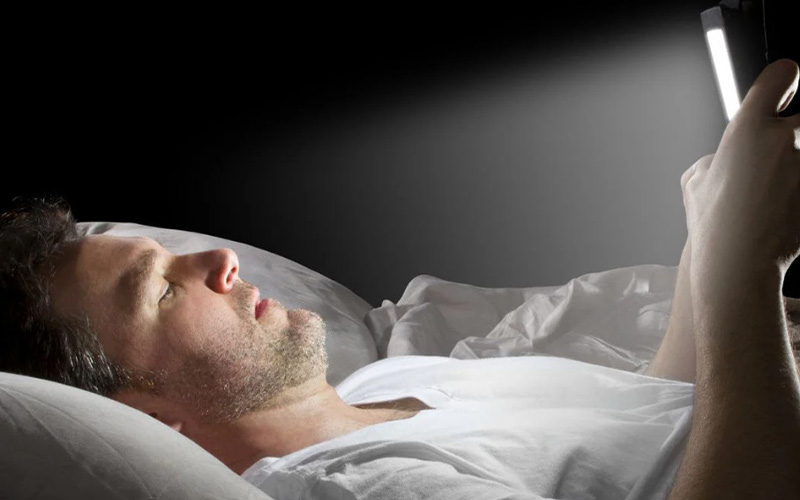
The Benefits of Blue Light
It’s crucial to remember that blue light isn’t inherently bad. In fact, it plays a crucial role in several important biological processes:
Mood Regulation: Blue light boosts alertness, helps memory and cognitive function, and elevates mood. It's also used in light therapy to treat seasonal affective disorder (SAD).
Circadian Rhythm Regulation: As mentioned earlier, blue light helps regulate our sleep-wake cycle when exposure occurs during daytime hours.
The reason why we still advocate for blue light protection, despite its benefits, boils down to these key points:
Excessive Exposure & Timing: The problem isn't blue light itself, but the amount of blue light we're exposed to, especially at the wrong time of day.
Digital Eye Strain: While the long-term effects of blue light on retinal damage are still being researched and are likely minimal from typical device use, blue light does contribute to digital eye strain.
Mitigating Potential Risks: "Prevention is better than cure." Even if the risks are not definitively proven, taking simple precautions to minimize unnecessary blue light exposure can be beneficial.
Cumulative Effect: The long-term consequences of chronic, excessive blue light exposure are still not fully understood. It's possible that even small amounts of disruption over many years could have cumulative effects on sleep, mood, and overall health.
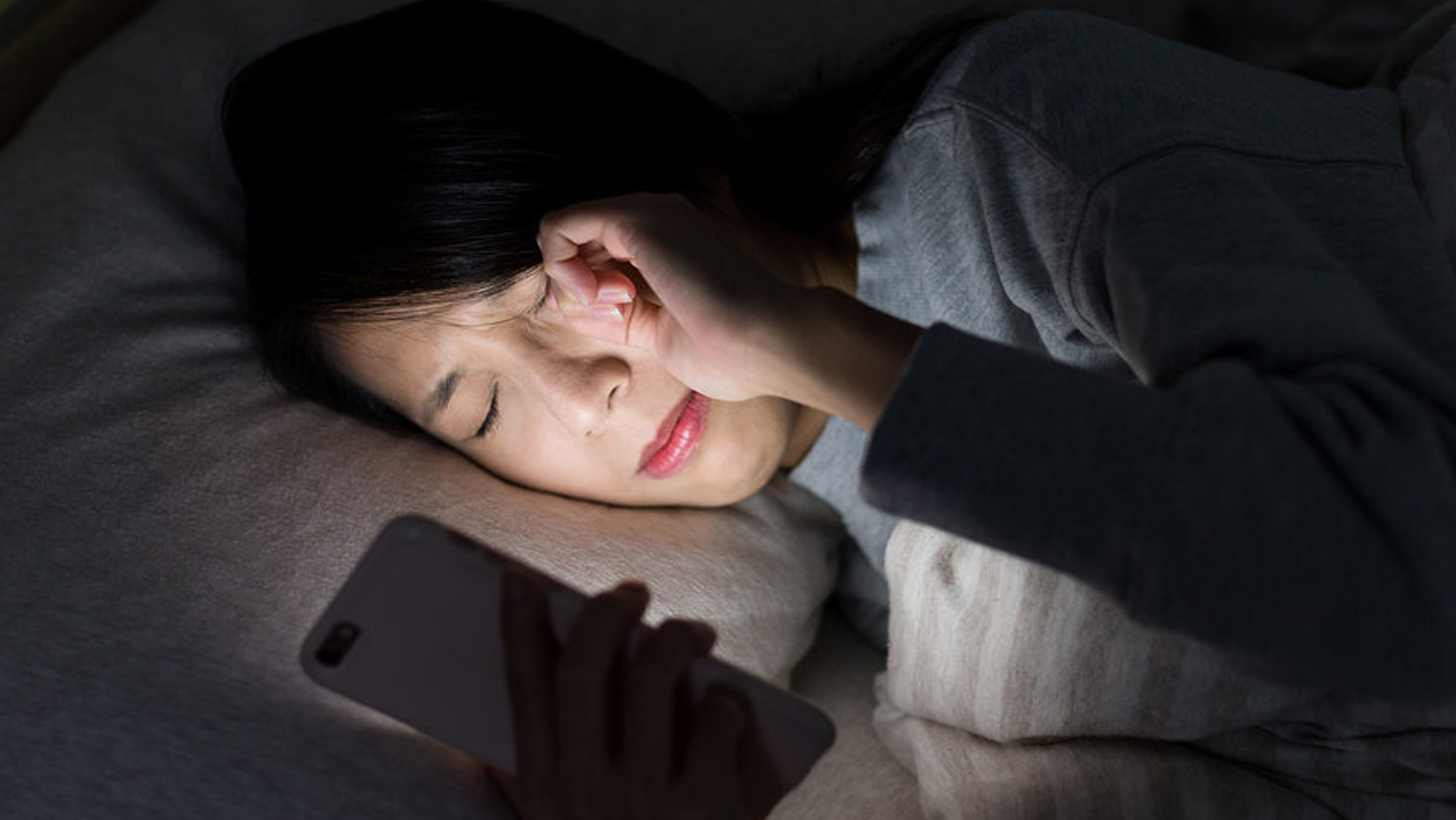
Risks and Side Effects of Overexposure to Blue Light
Disrupt Circadian Rhythm: Making it harder to fall asleep and stay asleep.
Reduce Sleep Quality: Leading to less restful and restorative sleep.
Increase Alertness: Which can be beneficial during the day but detrimental before bedtime.
Chronic sleep disruption can have a cascade of negative effects on overall health, including:
Increased risk of chronic diseases: Like diabetes, heart disease, and obesity.
Impaired cognitive function: Difficulty concentrating, memory problems.
Weakened immune system: Making you more susceptible to illness.
Mood disorders: Increased risk of anxiety and depression.
How to Reduce Your Exposure?
While completely eliminating blue light exposure is unrealistic (and unnecessary), there are several steps you can take to mitigate potential risks:
The 20-20-20 Rule: Every 20 minutes, look at something 20 feet away for 20 seconds to reduce eye strain.
Adjust Screen Settings: Lower screen brightness, increase text size, and use a blue light filter (available on most devices).
Use Blue Light Blocking Screen Protector: These screen protectors filter out a portion of blue light, especially useful for evening screen use.
Install Blue Light Filtering Apps: Numerous apps and software programs can reduce blue light emissions from your devices.
Avoid Screens Before Bed: Ideally, limit screen time 1-2 hours before going to sleep.
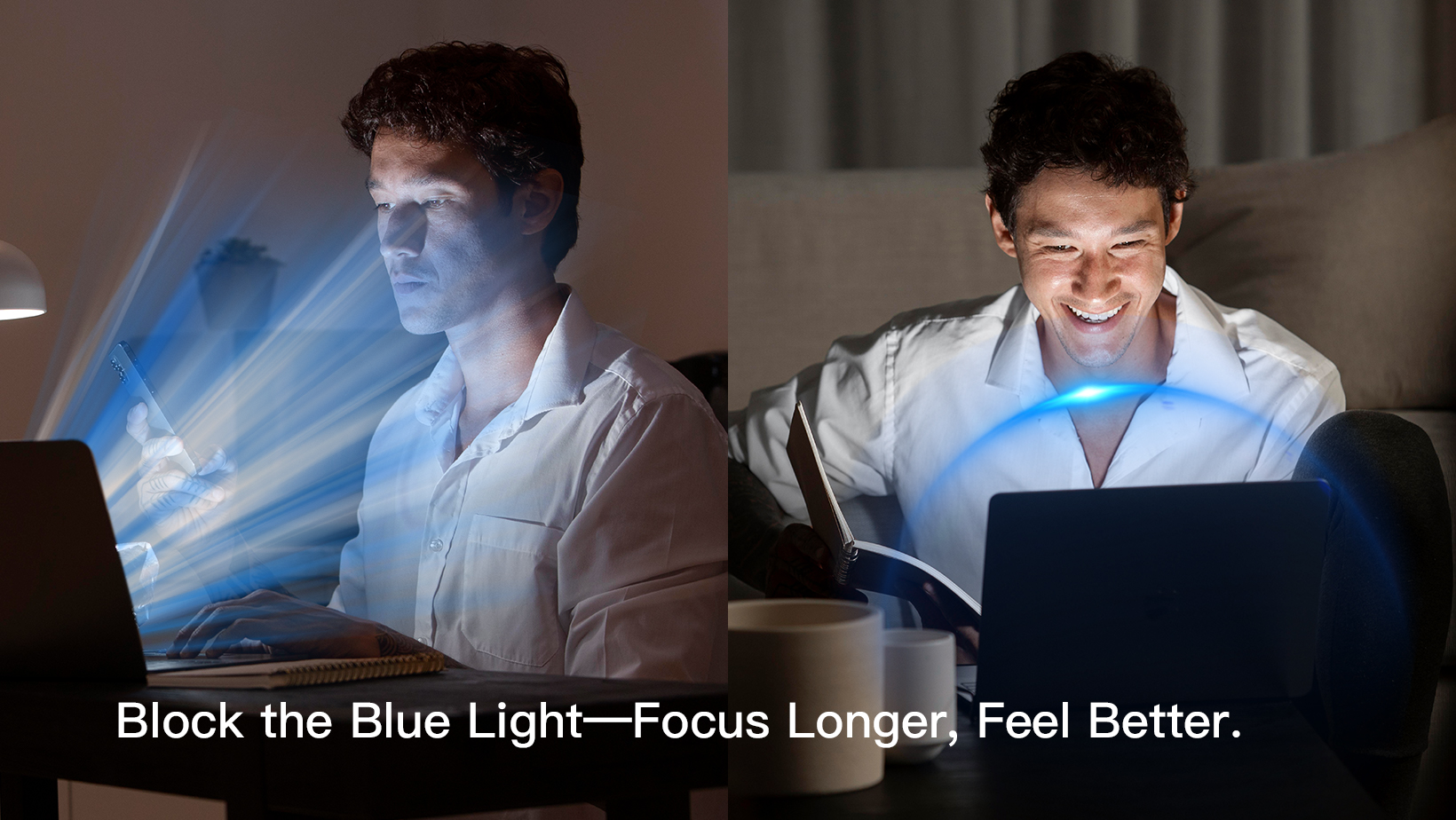
In short, while blue light has benefits, the modern pattern of excessive evening exposure outweighs those benefits for many people. Blue light protection is about creating a healthy balance and minimizing potential disruptions to our natural biological rhythms and eye comfort. It's not about eliminating blue light entirely, but about being mindful of when and how much we're exposed to it.
